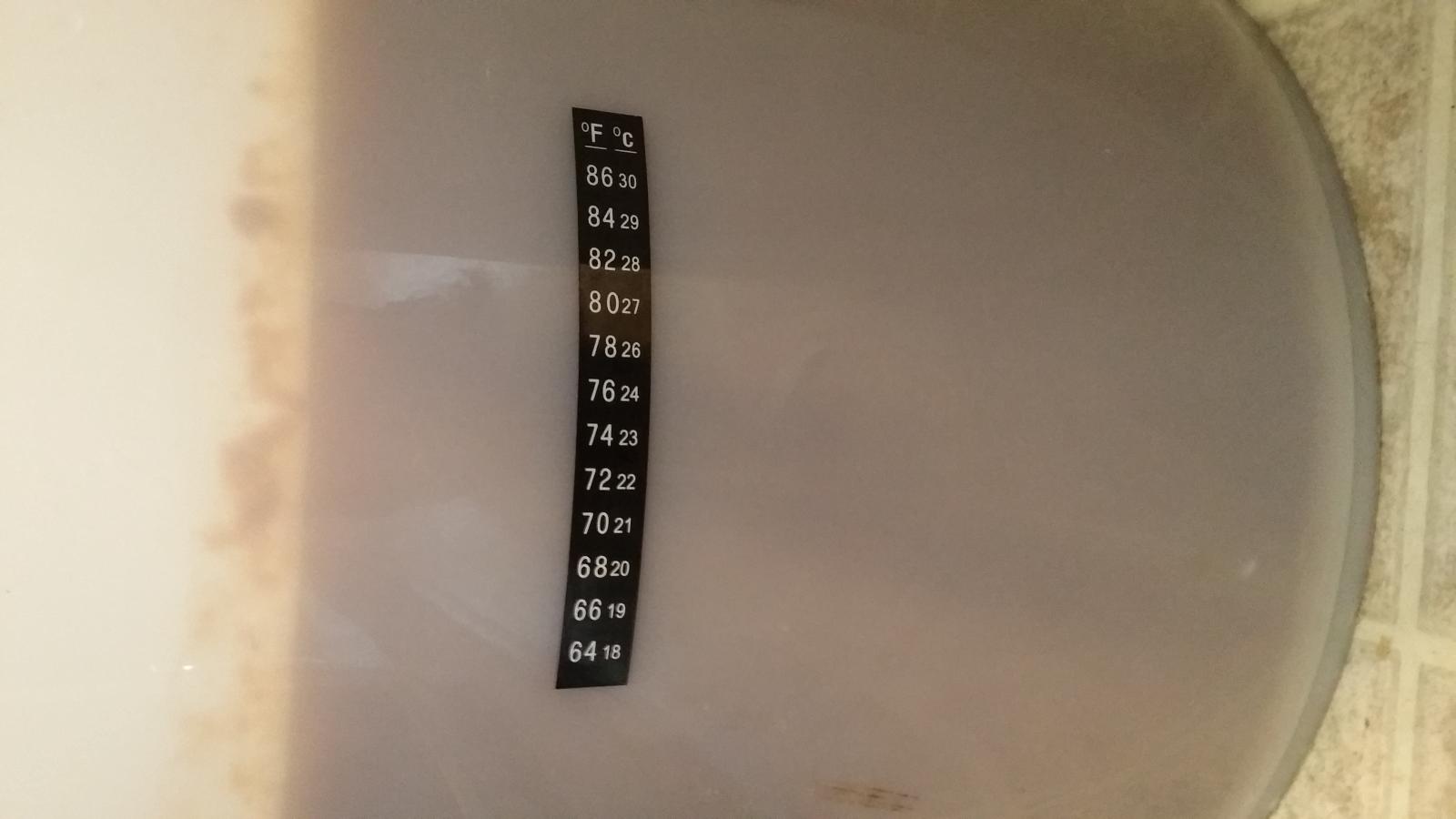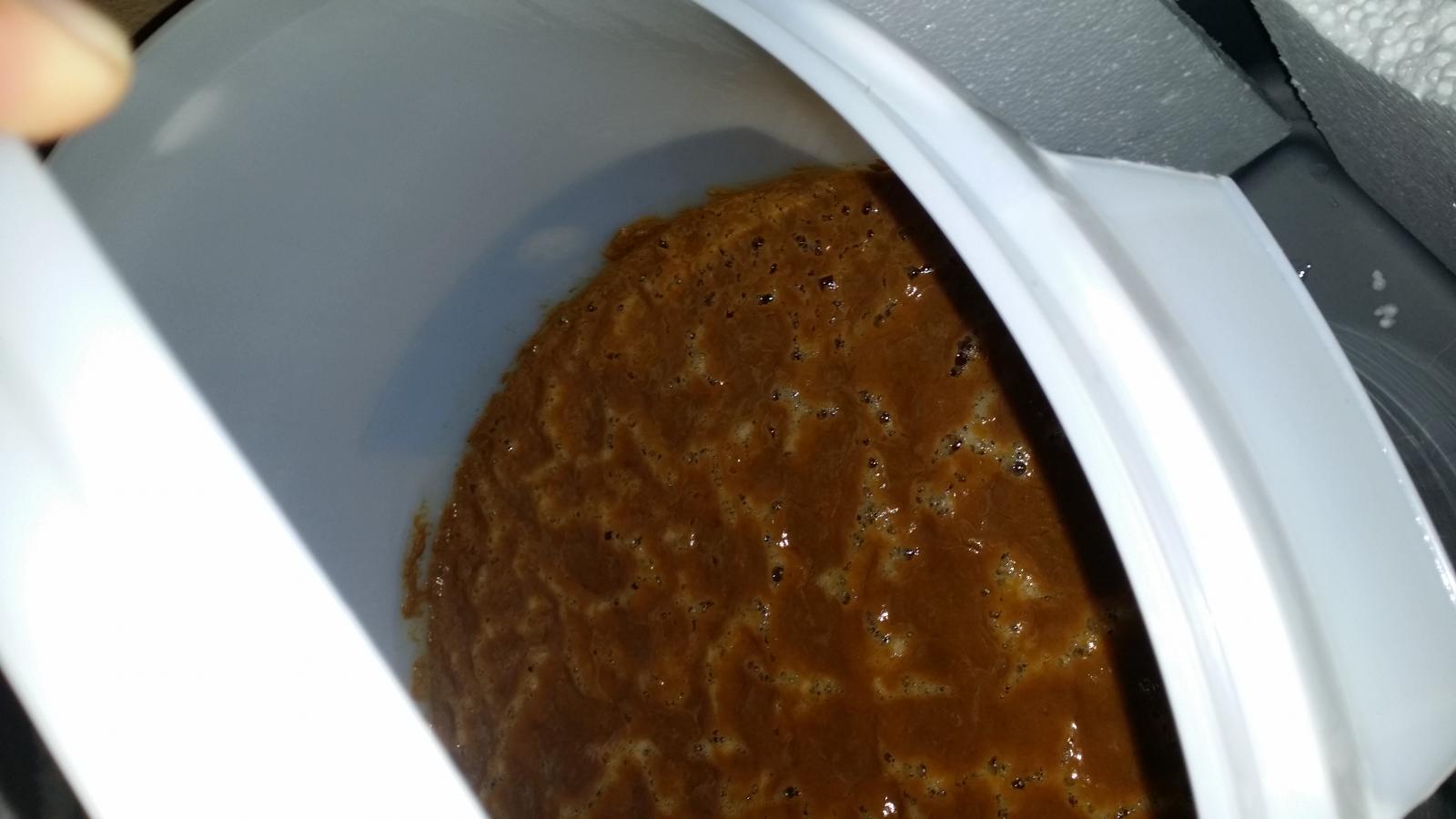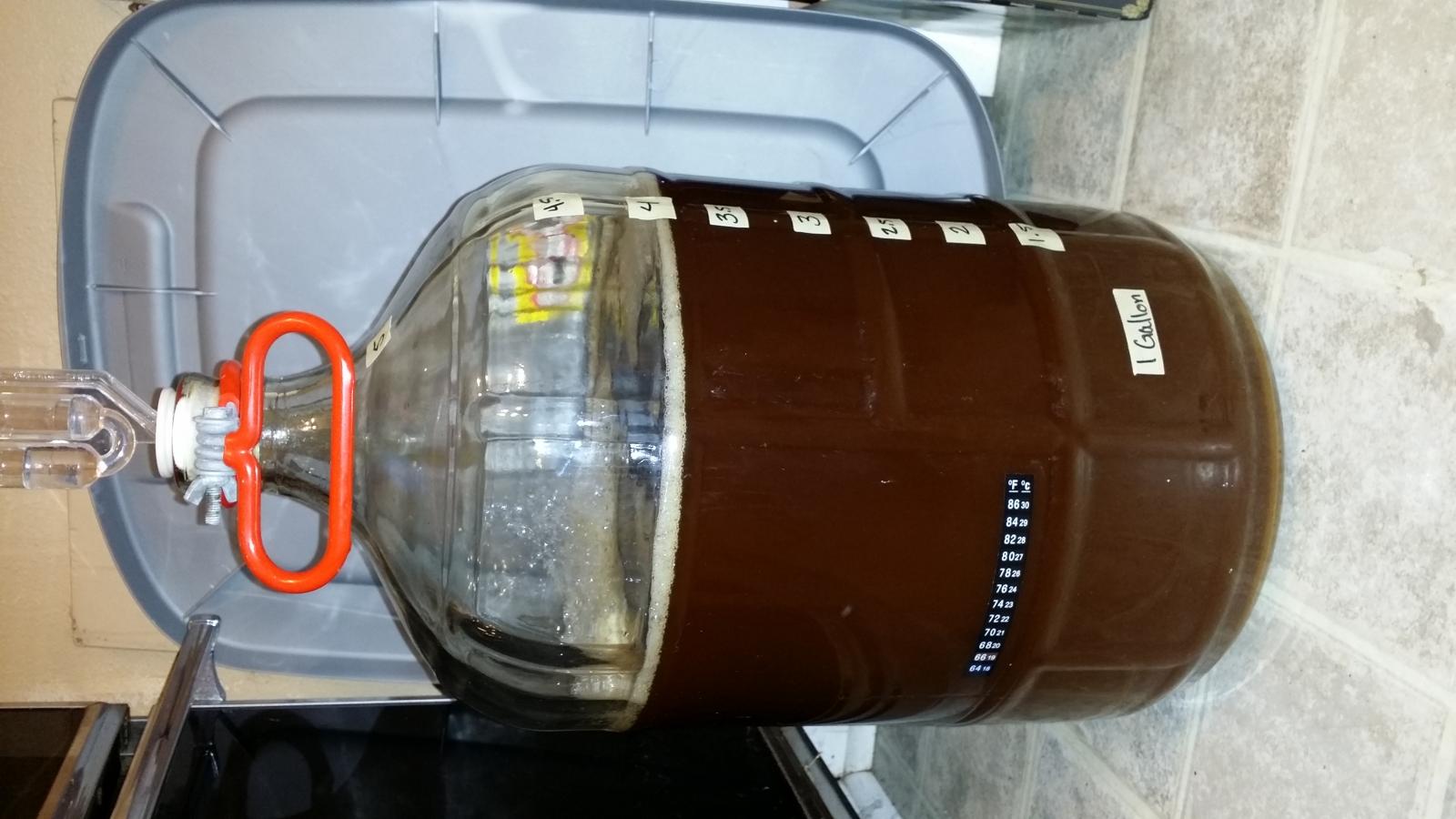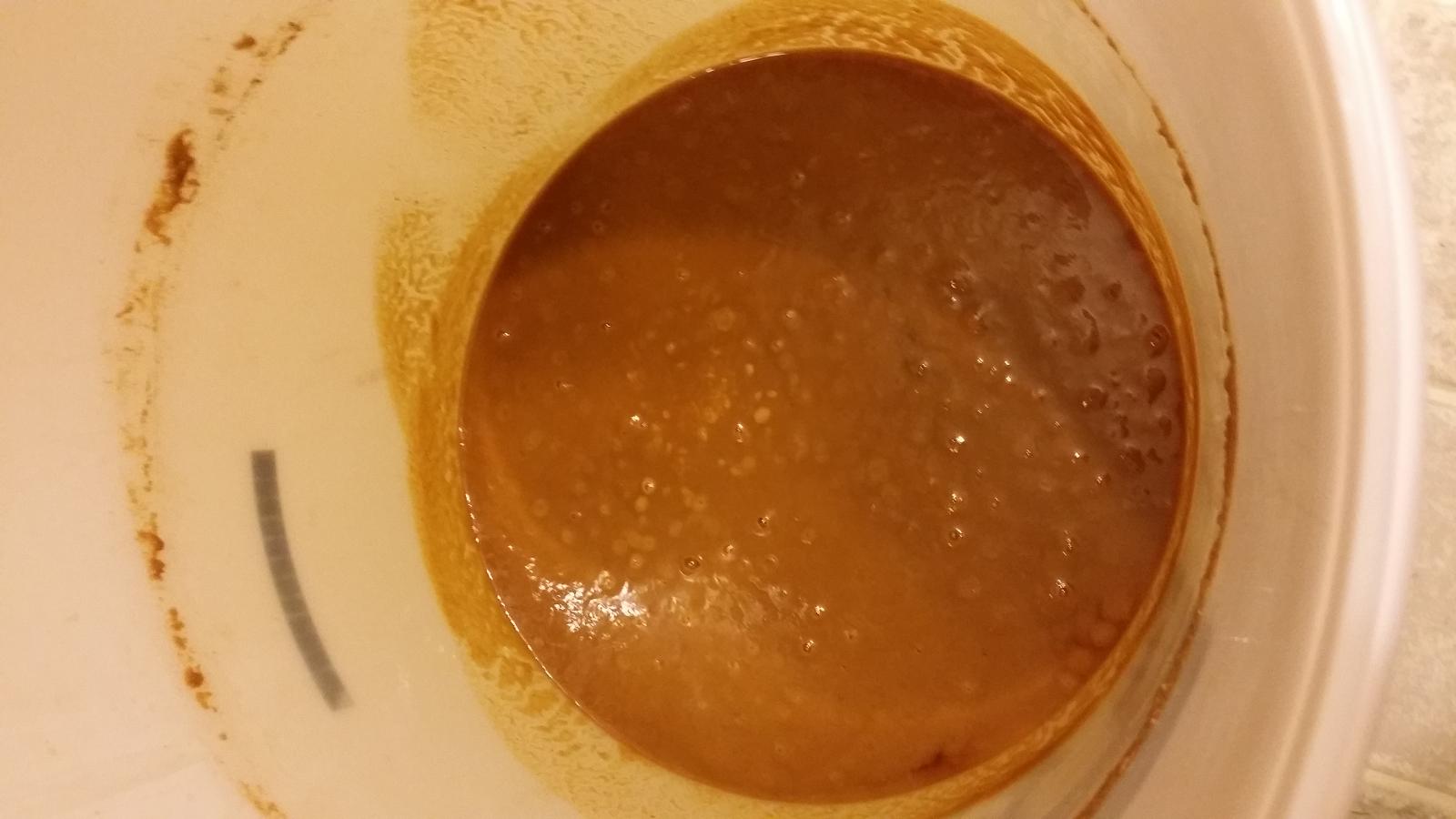stuknkrvl
Well-Known Member
My water sucks. Period. Turn on the faucet and you can smell the chlorine before the water hits the bottom of the sink.
I went to the store and bought natural spring water for my brew. I read the label very closely and made sure it didn't say anything about being purified, and it claims to be sourced from all natural springs.
Anyone have any experience with store bought spring water? It seems to be fermenting great so far (forty eight hours in now), but I'm worried about the mineral content.
Thanks!
I went to the store and bought natural spring water for my brew. I read the label very closely and made sure it didn't say anything about being purified, and it claims to be sourced from all natural springs.
Anyone have any experience with store bought spring water? It seems to be fermenting great so far (forty eight hours in now), but I'm worried about the mineral content.
Thanks!








































![Craft A Brew - Safale S-04 Dry Yeast - Fermentis - English Ale Dry Yeast - For English and American Ales and Hard Apple Ciders - Ingredients for Home Brewing - Beer Making Supplies - [1 Pack]](https://m.media-amazon.com/images/I/41fVGNh6JfL._SL500_.jpg)






















